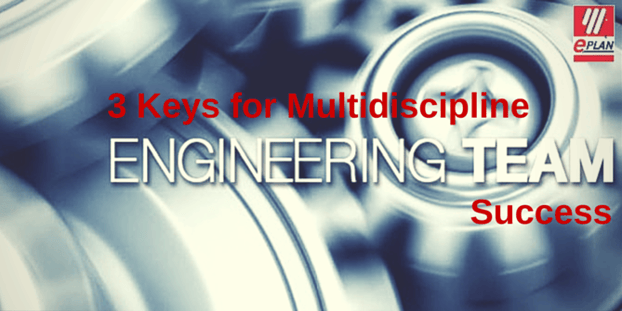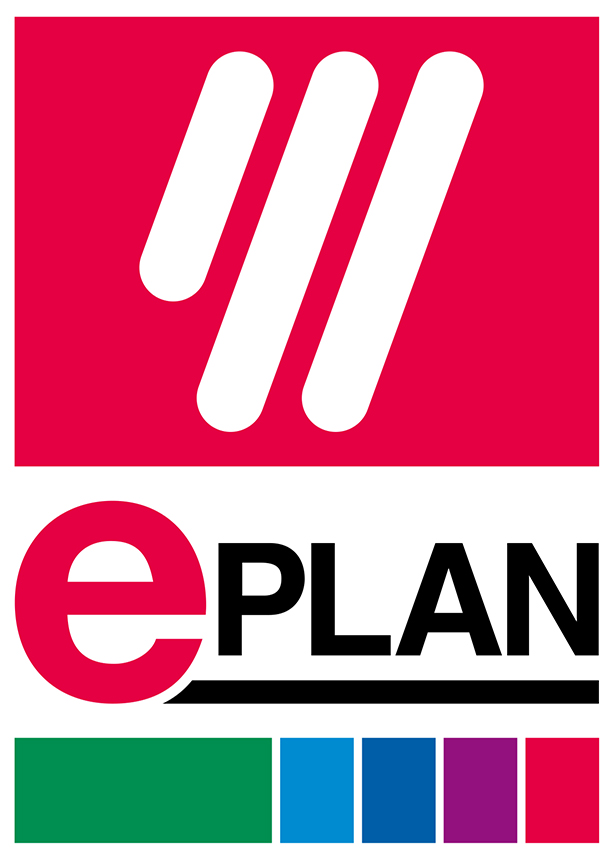
Collaboration in a multidiscipline team environment can be a challenge. Stakeholders, with their eyes on different aspects of the project, present a potential impediment to successful and timely completion. The following are 3 key areas to look at when working with multidiscipline teams.
Project management
Having the big picture on a project with lots of moving parts and disciplines involved is crucial. Project management plays a critical role in any project or product development process, but is of particular importance when overseeing disparate teams.
Within the scope of their role to keep the project team members informed about the schedule, scope and changes; Project Managers (PM) working with a multidiscipline team that can include mechanical engineers, control designers, programmers, electricians and machine-build technicians working on the project, need to do sufficient pre-planning on how best to communicate with those teams.
When it comes to having a communication plan, some of the considerations involve whether you are working with remote teams and the size and complexity of the project. For smaller projects where most of the principals are located in close proximity, relying mainly on email and messaging can do the trick. Project tracking software can also be employed that can work well to keep small teams on track in real time.
For a large scale project with multiple locations and touchpoints, sufficient pre-planning needs to go into how to communicate through all aspects of the project and how best to communicate with each of the team. While baseline tools like email and text are still a significant part of that communication, the PM needs to look at all the tools at his disposal and determine how best to deploy them.
It is also advisable to have each group develop a plan. The PM can develop a template that can be distributed to the teams to help them keep their thoughts focused. Knowing how each team views their role can help avoid chokepoints and allow the PM to devise ways to maneuver the process.
Communication across all teams
Once the project roles have been defined, it is important that each team stay in the loop. It is also critical to have each team leader communicate to their team members effectively. Have managers hold a weekly project review where schedules, requirements and changes are discussed. The PM can help facilitate this process initially and help the manager find the best way to communicate information to their team.
Working between teams can be a challenge in multidiscipline projects. For example, the engineering team’s perspective on how to send machine instructions might be in conflict with the machine technicians. Some companies have found that cross training, or encouraging engineering team to spend time on the shop floor can be an effective way for teams to “walk in each other’s shoes.”
Meetings can be a nuisance, but it is necessary to the progress and successful completion of the project that there is transparency and active collaboration between team members. That said, it is up to the PM to create agendas that keep the meetings moving along and make sure that each stakeholder feels comfortable to express their needs and concerns. Having the team managers send updates to the PM prior to the meeting can facilitate a positively structured meeting.
High functioning software tools
Greater efficiency can be achieved in the design and manufacturing process through automation. The concept of Industry 4.0 where production becomes fully integrated allows all points of contact in the manufacturing process to work together.
The right software also allows for the technical pre-planning of machines and plants supporting both graphical and database-driven working methods. In each case, the data is transferred seamlessly to the interdisciplinary detail design. The integration of pre-planning into planning ensures significantly reduced expenses, while improving project quality.
In order to take best advantage of the intellectual property of the organization, a database-driven system functions to their unique structure. Mining the data that sits within the organization allows for a more fluid design and implementation process and also makes it easier to find and correct errors within the project.
The best approach to multidiscipline team success is to bring effective communication practices between people, teams and the project and to utilize technology to facilitate that process and connect the people and machines so that they work best together.




